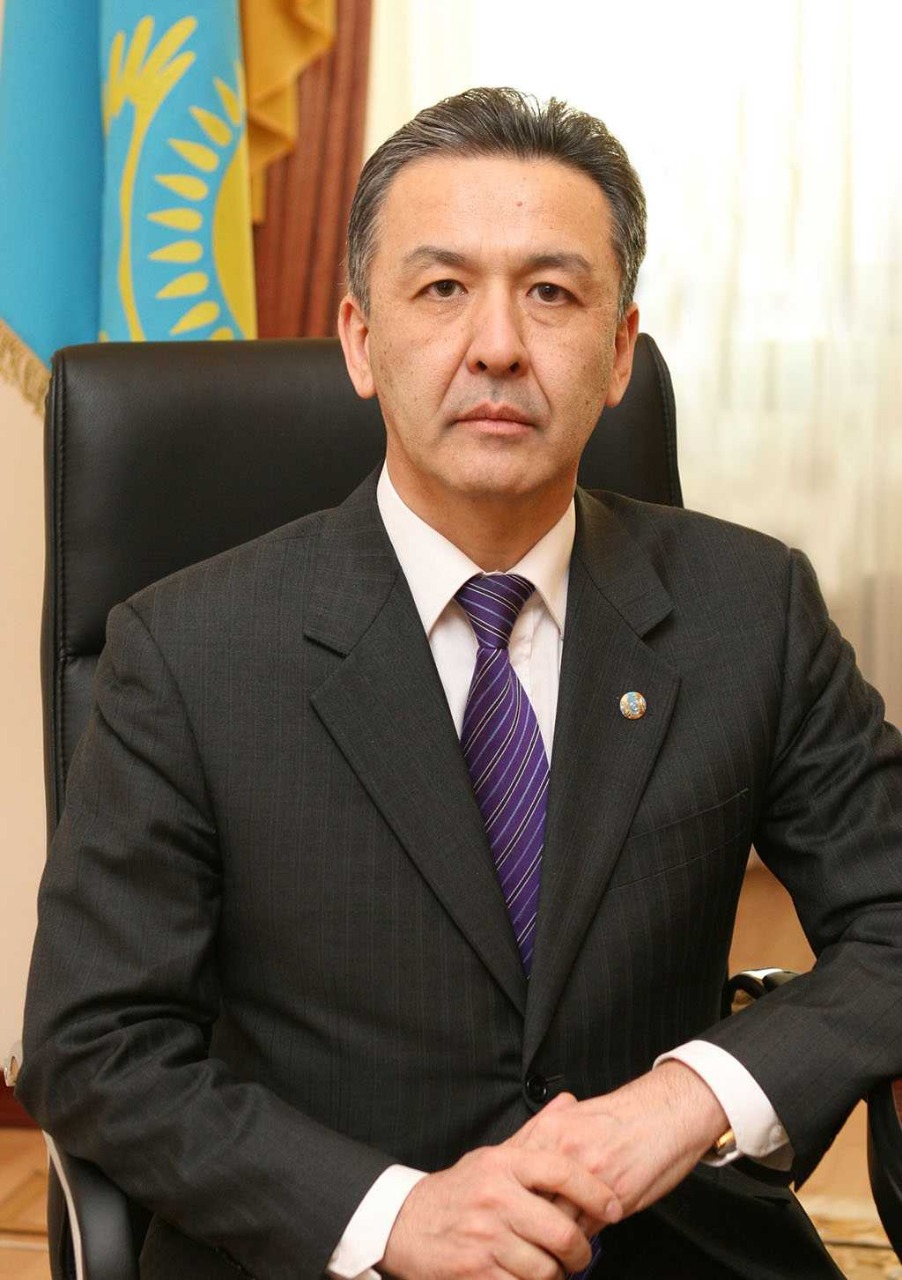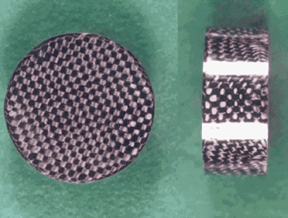Science activity
The scientific activity of the Department is aimed at obtaining and applying new knowledge for:
- solving technological, engineering, economic, social, humanitarian and other problems;
- ensuring the functioning of science, technology and production as a single system.
Currently, an unfunded state budgetary research project is being implemented. “methodological, psychological and pedagogical aspects of improving the teaching of natural science disciplines of csr, in which students of the department take an active part along with teachers.
Staff of the Department under the leadership of candidate of Sciences by Grunbaum E. is engaged in the following main directions of research activities:
The purpose of project is development of methods for increasing density of critical current and achievement optimal values of cryogenic parameters for HTSC- oven films 2G on the basis of difficult cuprate oxides RBaCuO ( R = Y, La, Nd, Gd) an YBaCuFeO, which received by the methods of impulse laser ablation.
The aim of the project is to develop methods for increasing the critical current density and achieving optimal values of the superconducting parameters of 2G htsp films based on complex cuprate oxides Rbacuo (R = Y, La, Nd, Gd) and YBaCuFeO obtained by pulsed laser ablation.
The project will ensure the development of laser technology to improve the superconducting properties of second-generation BTSP film wires. Potential consumers of the project results can be industrial institutions that produce and modernize electrical devices for energy needs.
The use of the pulsed laser ablation method provides the production of BTSP films with a high degree of crystal perfection and stoichiometric composition close to that of the target. It is expected to achieve a high critical current density (~10 7A / cm2) of the films. One way to achieve this is to create effective pinning centers.
The benefits of using BTSP 2G with high critical current densities in electrical devices are not only in energy savings of up to 20%, but also in a sharp (4-5 times) reduction in weight and size indicators and metal consumption.
The Department constantly participates in various competitions held by the Ministry of education and science of the Republic of Kazakhstan.
 For the period of 50 years Karaganda Industrial University, founded in 1963, has become one of the leading higher ...
For the period of 50 years Karaganda Industrial University, founded in 1963, has become one of the leading higher ...
































